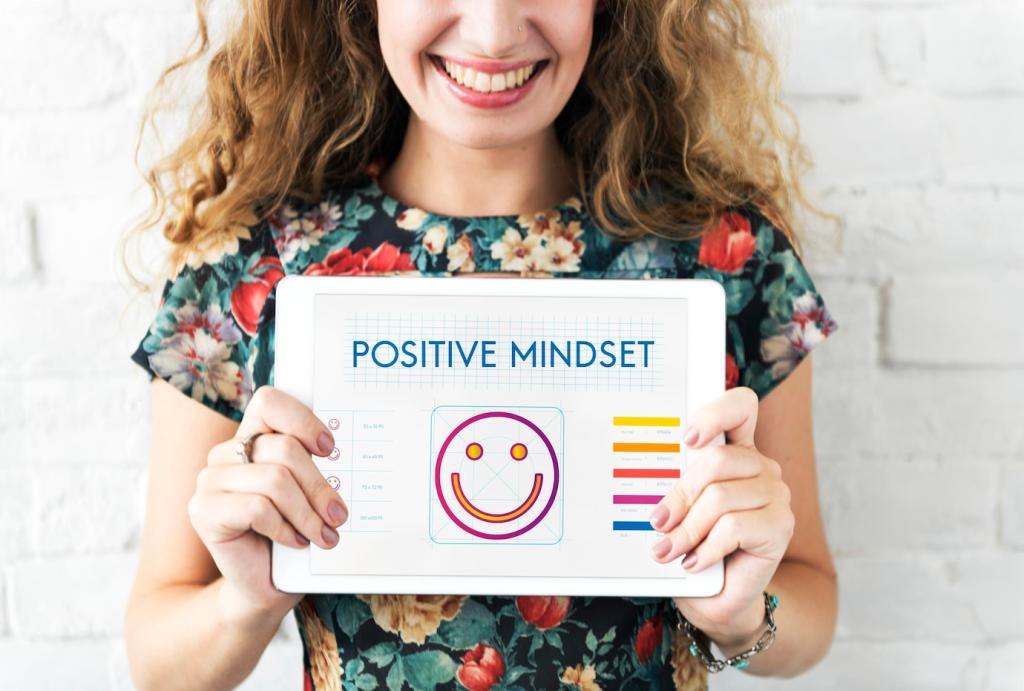Cultivating Compassion and Emotional Balance
Chosen Theme: Cultivating Compassion and Emotional Balance. Welcome to a space for steady hearts and calm minds—where kindness becomes practical, and emotional steadiness grows through small, human moments. Stay, explore, and share your voice with our community.
The Heart–Brain Connection
Research in affective neuroscience suggests compassion strengthens the vagus nerve, improves heart-rate variability, and activates brain regions tied to empathy and regulation. Studies by Barbara Fredrickson and Paul Gilbert show training compassion can reliably increase calm and prosocial behavior.
The Heart–Brain Connection
Balance is not about shutting feelings down; it is about letting them move through safely. Skills like labeling emotions, grounding with breath, and reframing inner stories reduce reactivity while preserving sensitivity and warmth.
The Heart–Brain Connection
Brief, sincere interactions—a patient smile in a long line, a pause before replying—can recalibrate stress responses. Repeat them daily and your baseline calm rises, making compassionate choices easier, even during hectic weeks.



Self-Compassion That Isn’t Selfish
Saying No With Warmth
Declining a request can be generous when you are honest and timely. Try, “I want to help, and I cannot commit right now. Could I revisit this next week?” Boundaries preserve energy and safeguard compassionate action.


Repairing After You Slip
When you react sharply, pause and name it: “I felt overwhelmed and spoke harshly.” Offer a sincere apology and a plan to do better. Repair rebuilds trust while training your nervous system toward steadier responses.
Compassionate Communication in Relationships
Reflect what you hear: “It sounds like you felt dismissed when the meeting moved on.” Validating emotion reduces defensiveness, opening space for solutions. Try it this week and share what changed in your next conversation.
Compassionate Communication in Relationships
Ask: What matters most here? What is the smallest next step? What would feeling heard look like? These questions shrink the problem and invite collaboration, restoring balance faster than proving a point ever does.




Compassion at Work, Balance at Pace
Watch for irritability, cynicism, or emotional numbness. If you notice these, scale back nonessential commitments, add recovery time, and ask for help early. Share your strategies so our community can learn together and stay well.
Compassion at Work, Balance at Pace
Start meetings with a one-sentence purpose and end with a two-minute debrief: what worked, what we need next, and who owns it. Clear structure lowers stress, leaving more capacity for kindness and creative problem-solving.
Community Ripples and Real Stories
01
A Small Act, A Long Echo
A reader shared leaving a kind note for a neighbor who worked night shifts. Weeks later, they learned it eased a lonely hour. Your small act may be someone’s turning point—try one today and report back.
02
Design a Personal Kindness Experiment
Pick one behavior for seven days: pause before replying, thank three people, or offer help once daily. Track mood and energy. Notice what stabilizes you most, then keep that practice. Post your experiment so others can join.
03
Join the Conversation
Subscribe for weekly practices, share your stories of grace under pressure, and ask questions you want explored next. Your voice shapes this space, helping us cultivate compassion and emotional balance together, day by day.
Join our mailing list
